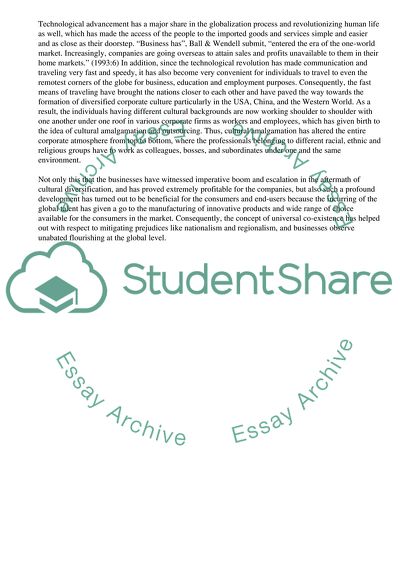Cite this document
(Risk Factors of Culture Literature review Example | Topics and Well Written Essays - 3000 words, n.d.)
Risk Factors of Culture Literature review Example | Topics and Well Written Essays - 3000 words. Retrieved from https://studentshare.org/management/1568523-risk-factors-of-culture
Risk Factors of Culture Literature review Example | Topics and Well Written Essays - 3000 words. Retrieved from https://studentshare.org/management/1568523-risk-factors-of-culture
(Risk Factors of Culture Literature Review Example | Topics and Well Written Essays - 3000 Words)
Risk Factors of Culture Literature Review Example | Topics and Well Written Essays - 3000 Words. https://studentshare.org/management/1568523-risk-factors-of-culture.
Risk Factors of Culture Literature Review Example | Topics and Well Written Essays - 3000 Words. https://studentshare.org/management/1568523-risk-factors-of-culture.
“Risk Factors of Culture Literature Review Example | Topics and Well Written Essays - 3000 Words”. https://studentshare.org/management/1568523-risk-factors-of-culture.


